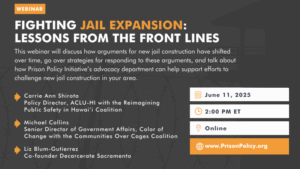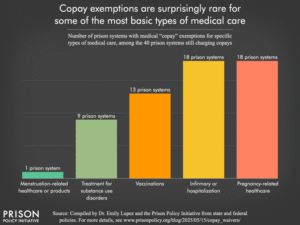Restoring Wyoming’s Democracy: Fixing the Census Count for Fair Representation
The Unseen Impact of Federal Census Policy on State Democracy At Sustainable Action Now, we believe that the bedrock of […]
Restoring Wyoming’s Democracy: Fixing the Census Count for Fair Representation Read More »










